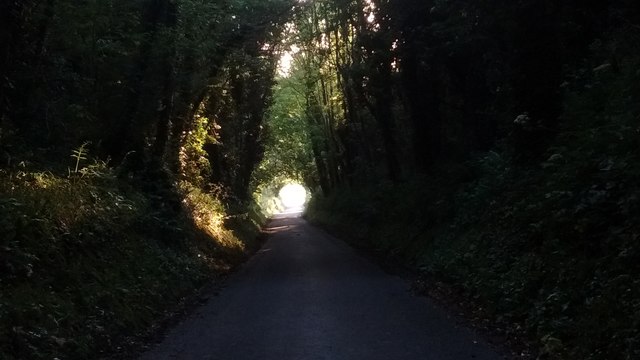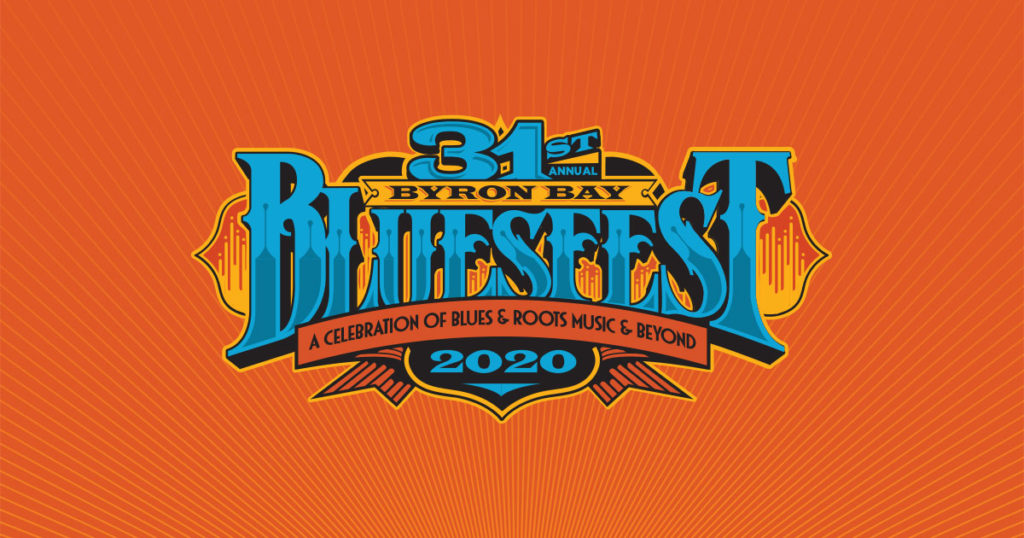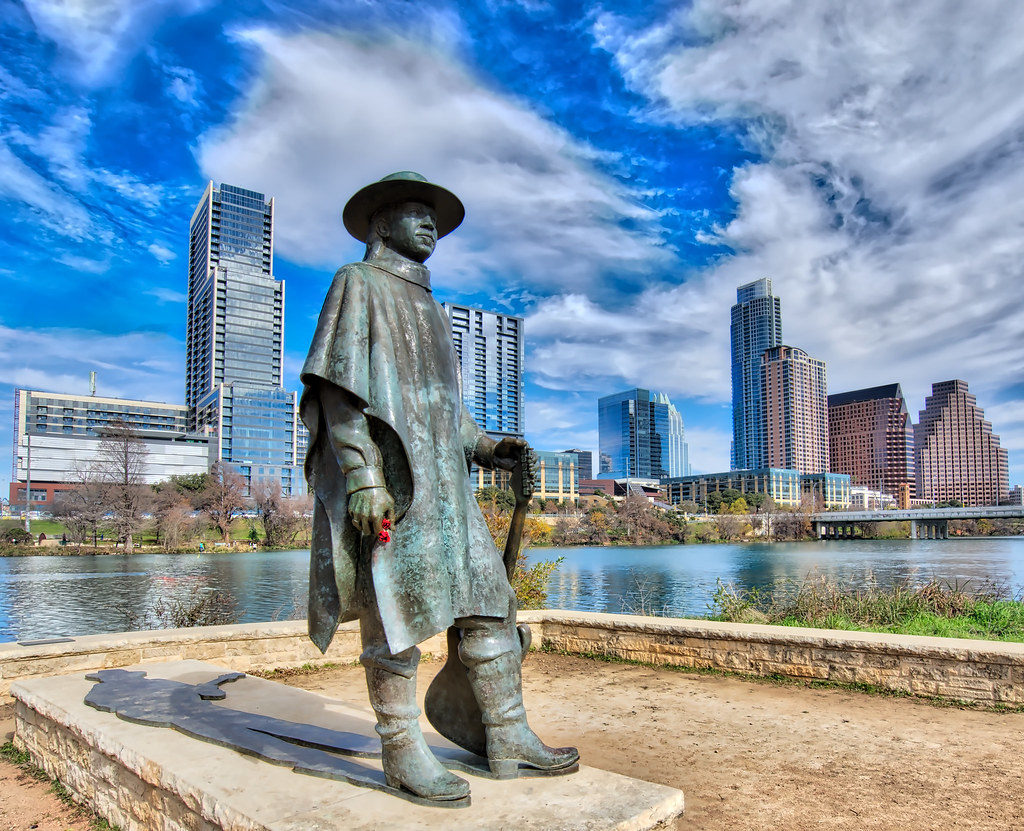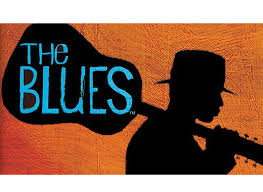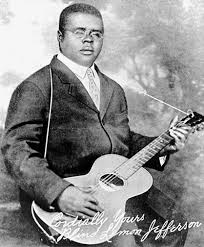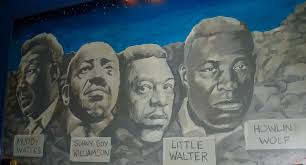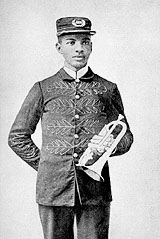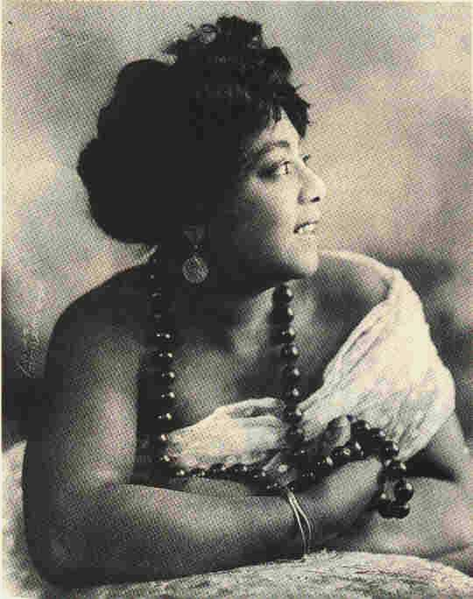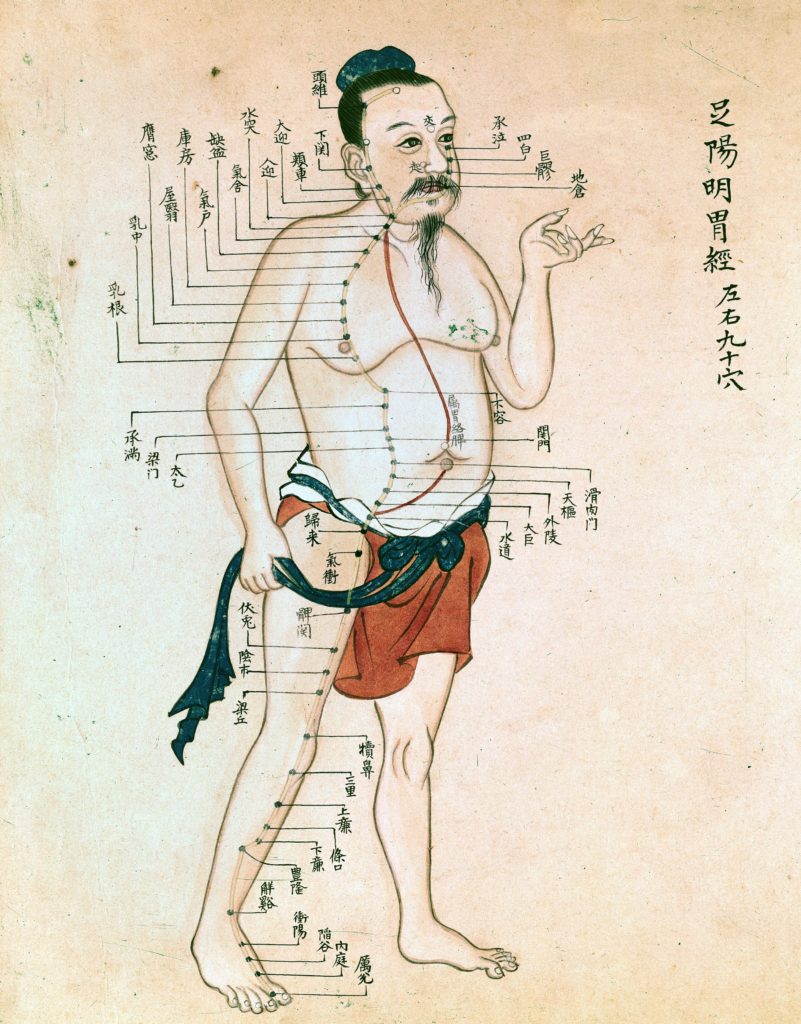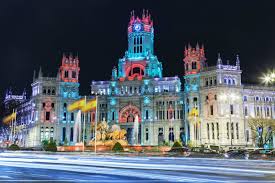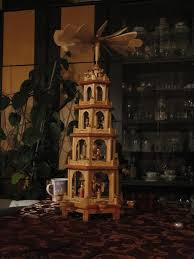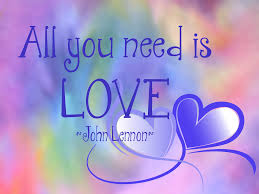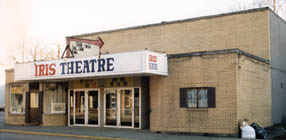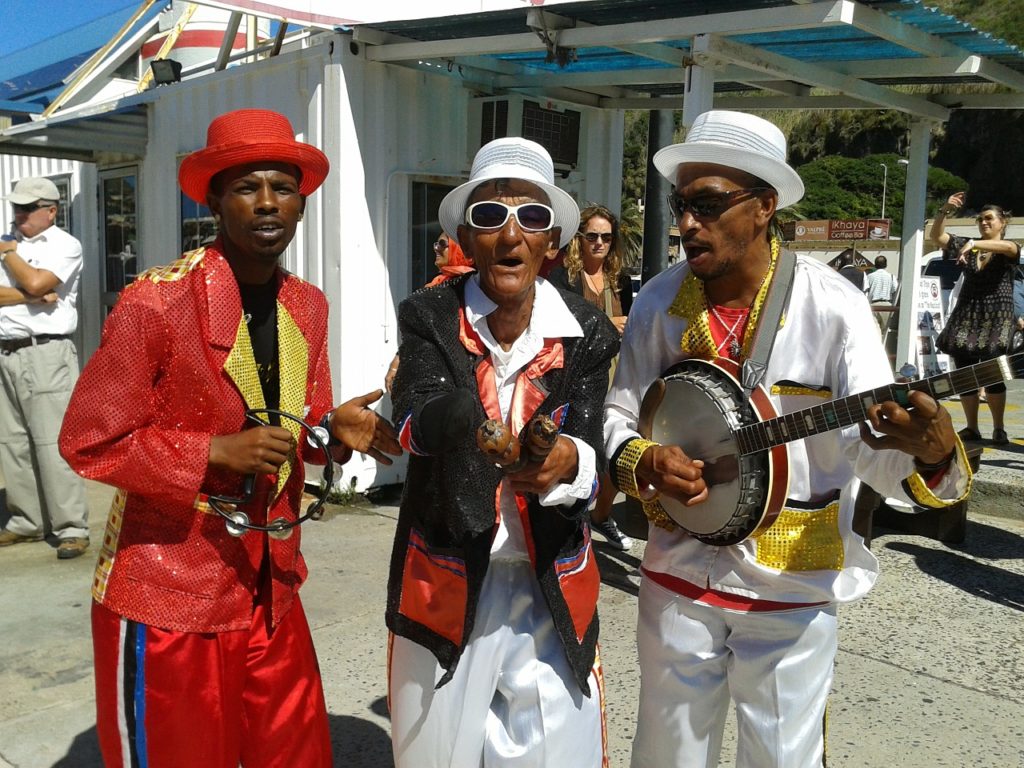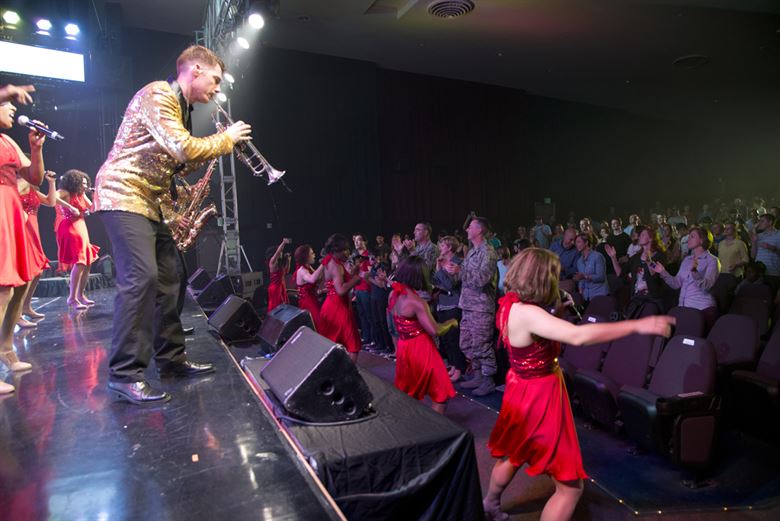
That’s a quote from a John Lennon song written in 1976. The title is actually Nobody Told Me. The first refrain of the song goes:
Nobody told me there’d be days like these. Nobody told me there’d be days like these. Nobody told me there’d be days like these. Strange days indeed. Most peculiar Mama.
Prophetic words by Mr. Lennon, seen from our 2020 perspective. What was so strange in 1976 that inspired these lyrics? Nixon was gone, the Vietnam War was over–both good things. A look back at the top stories of the year gives us little information as to why those were strange days.
The Year That Was
The civil war ended in Lebanon. The United States celebrated its bicentennial. Jimmy Carter was elected President. Viking landed on Mars. String theory was first postulated by Thomas Kibble. A mysterious disease struck an American Legion convention in Philadelphia, eventually killing 29 people. There it is–the connection to 2020 and truly strange times.
The Virus Nightmare
There have been many virus outbreak movies and TV series. They have effectively shown us how deadly these viruses can be. One such film is Outbreak, made in 1995. Many since give us a look at a future when a pandemic has destroyed life as we know it. An apocalypse is something we’re getting accustomed to witnessing on our screens. It can really happen! And we know it. The potential that it could be happening now has taken hold throughout our country and across the globe.
How bizarre to have entire sections of our grocery stores taking on the look of the bleak markets in the U.S.S.R. Who would have guessed we couldn’t get toilet paper, dish soap, or vinegar at a major supermarket? The mere threat of exposure to a virus that has a high recovery rate and had infected less than one-tenth of one percent of the United States population was enough to shut down major events, professional sports leagues and March Madness! We have hunkered down, closed restaurants and bars and the doors of our churches. The global economy is apparently in recession and it could be severe.
I’ve seen video of people brawling over hand sanitizer. Price gouging has begun on the products we most need. The government is working on a two-trillion dollar bail-out for workers and companies who’ve seen major business disruption. And we’ve only just begun. The predictions are that this is going to get much worse before it gets better. I heard that our social distancing will likely last another 10-12 weeks. What if people in our neighborhoods start dropping like flies? What if shortages continue or even get significantly worse? It could be a true nightmare beyond the scope of movies and TV shows.
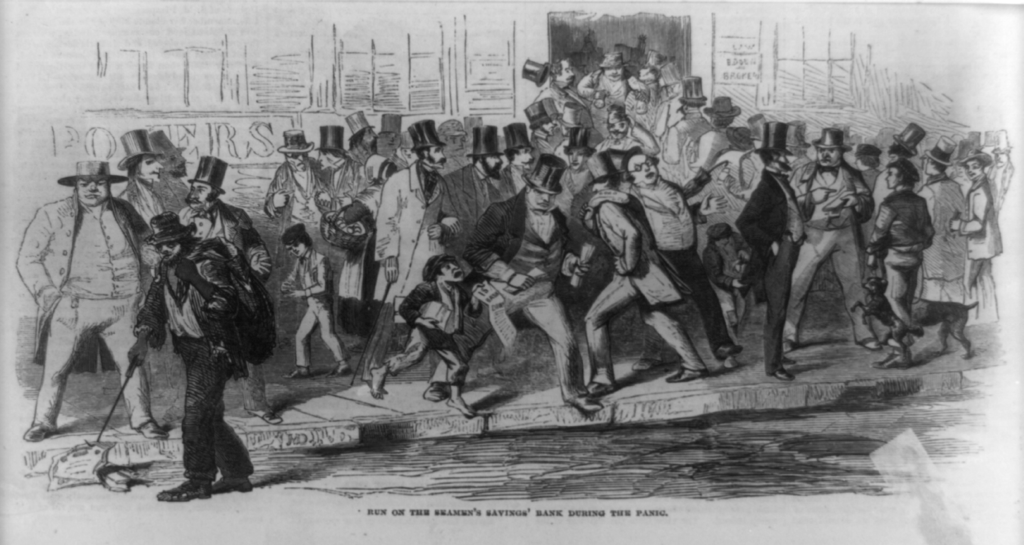
What Not to Do
Don’t panic…under any circumstances. Others suffer when you panic and you will suffer if others panic. While it makes sense for people to stock up on life’s necessities in preparation for a self-quarantine, it doesn’t make sense to hoard huge supplies that result in others’ shortages.
Don’t practice denial when you have real symptoms of COVID-19. It may be scary, but pretending you’re not having signs of the illness will leave you open to the ultimate cost.
Don’t use your President as a source of medical information. When he says a drug may be an effective treatment, don’t end up like the couple in Arizona that drank a solution with that compound in it. One died and the other is in critical condition as this is being written.
So What to Do?
Let me begin with a disclaimer. I’m not a doctor or in the medical field at all. I’ve gathered some information by reading, by listening to various sources and by accumulation of experience. However you choose to protect yourself from this virus or to treat the virus is your responsibility and your decision.
The most important thing is to follow the recommendations given us all by the Center for Disease Control. Isolate yourself as much as possible, properly wash those hands often and leave them off your face. If you don’t already know all their suggestions, access the information on their website or find it by the method you prefer. Seek and ye shall find.
Many months ago, I read an article in Natural Awakenings about something that can wipe out bacteria and virus before it can develop into a cold or influenza. It’s copper. It said that at the first awareness of a cold or fever blister, rub pure copper in and around the nostrils or on the tingling spot on the lips for 60 seconds, repeating later as needed. This will kill the virus quickly if it hasn’t moved further into the body. I’ve had only one cold and one fever blister since applying this technique. The National Institutes of Health and American Society for Microbiology have corroborated the virus neutralizing properties of copper. I have no information on whether it works on COVID-19, but you could give it a try while also making sure to follow all instructions from the CDC and your doctor.
Support
Stay positive. Most of us will probably make it through this strange moment in time. Hopefully, we’ll be stronger for it. It’s vital that we are here for each other as a unified community no matter what befalls us. Be well, brothers and sisters.
